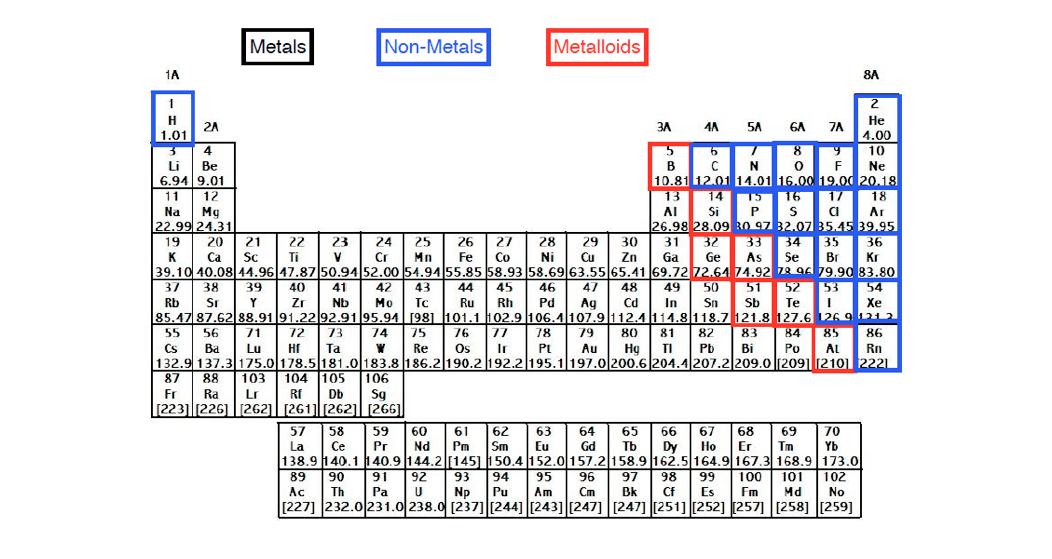Periodic Table With Positive And Negative Charges
Camila Farah

To find the ionic charge of an element you ll need to consult your periodic table.
Positive and negative ions. International union of. But you need to know the specific ionic charge elments. Ion is the name of the subatomic particles that are components of all the atoms.
Ions indicated using a superscript after the element symbol that states whether the charge on the atom is positive more protons or negative more electrons and the quantity of the charge. This is the aluminum cation al 3. The number of charge corresponds to the number of electrons that the atom requires to have a complete outer shell. Electrons are particles with a negative charge while protons are particles with a positive charge.
The left most column which is group i forms ions with a 1 charge. Knowing this lets us use the periodic table to identify the element as al aluminum. The charge on the proton and electron are exactly the same size but opposite. The transitional metals vary and most can form different ionic.
RELATED ARTICLE :
- where is your liver located in the human body
- where to buy crate and barrel gift card
- where to buy food grade hydrogen peroxide near me
Advertisement if you look at the periodic table you will find all the elements with a positive ionic charge those where protons outnumbered electrons in the left area. The al atom has lost three electrons and thus has three more positive charges 13 than it has electrons 10. This information is available on a color periodic table of the elements or a black and white version. Cations and anions cations positively charged ions and anions negatively charged ions are formed when a metal loses electrons and a nonmetal gains those electrons.
Electrons have a negative charge. For example ca 2 is the symbol for a calcium ion that has a positive 2 charge. All the metallic elements located on the left part of the periodic table have a positive ionic charge while all the metallic elements located on the right part of the periodic table have a negative ionic charge. Non metals found on the right will be negative.
The next column group ii forms ions with a charge of 2. Protons have a positive charge. If the atom loses electron a positive charge is assigned whereas negative sign indicates gain of electrons. Because the number of protons remains unchanged when an atom forms an ion the atomic number of the element must be 13.
RELATED ARTICLE :
On the periodic table metals found on the left of the table will be positive.Source : pinterest.com


















